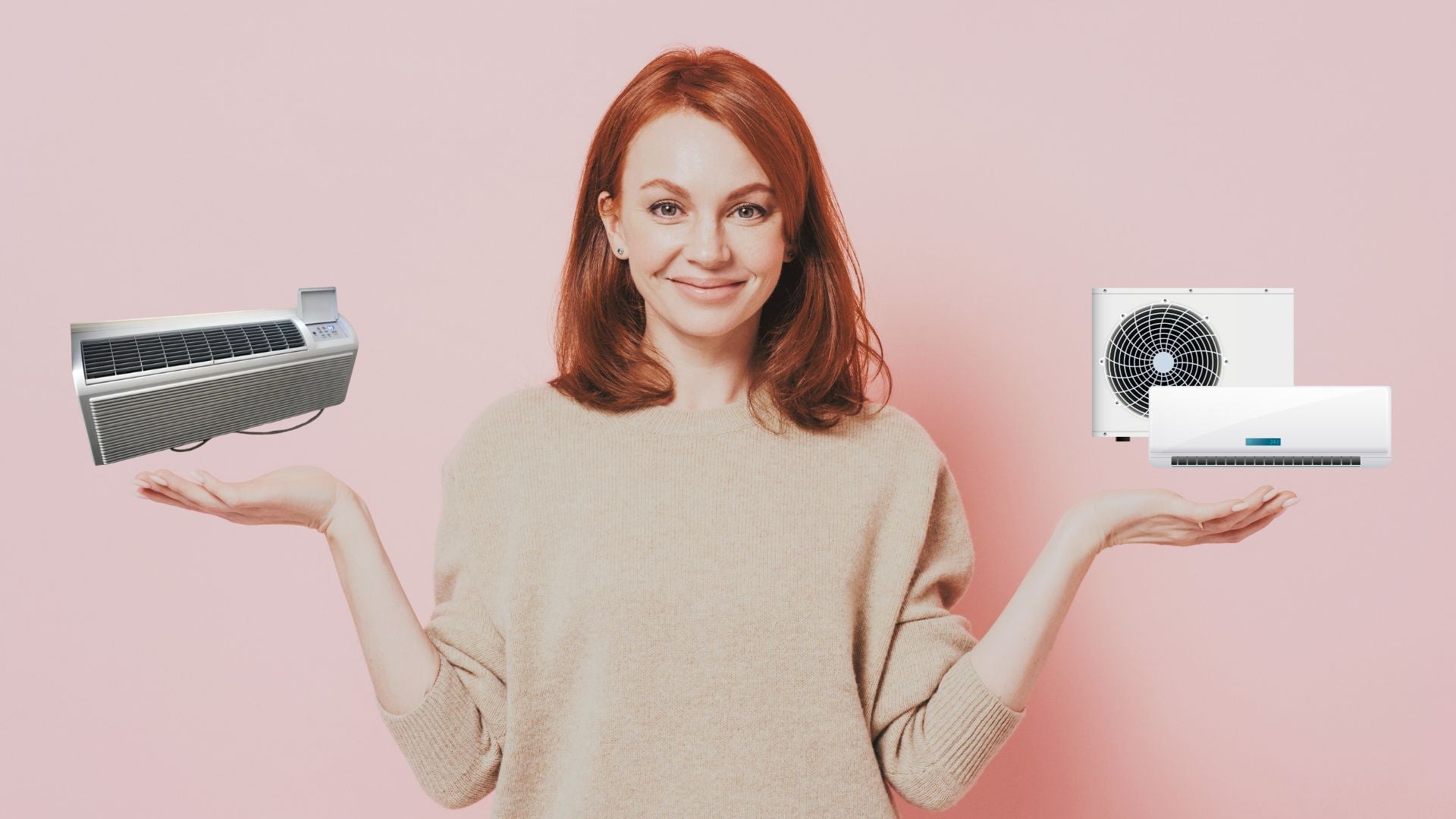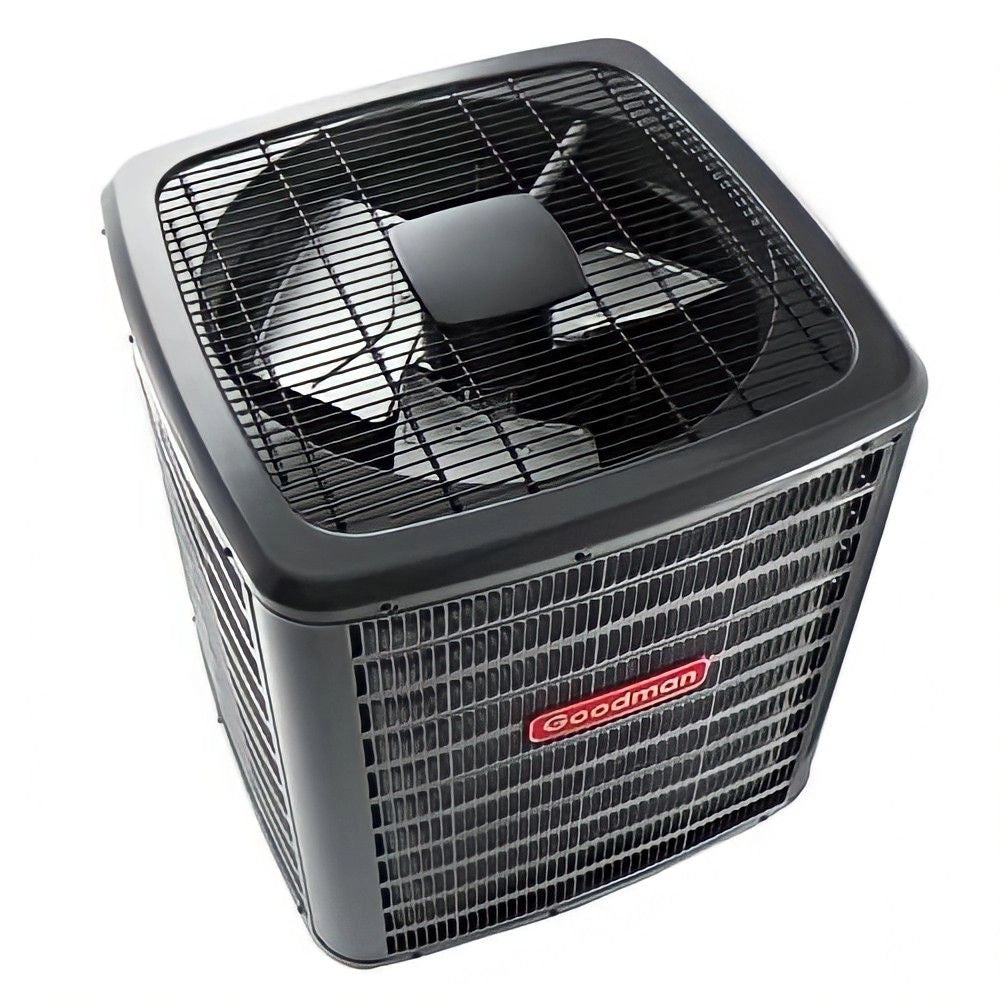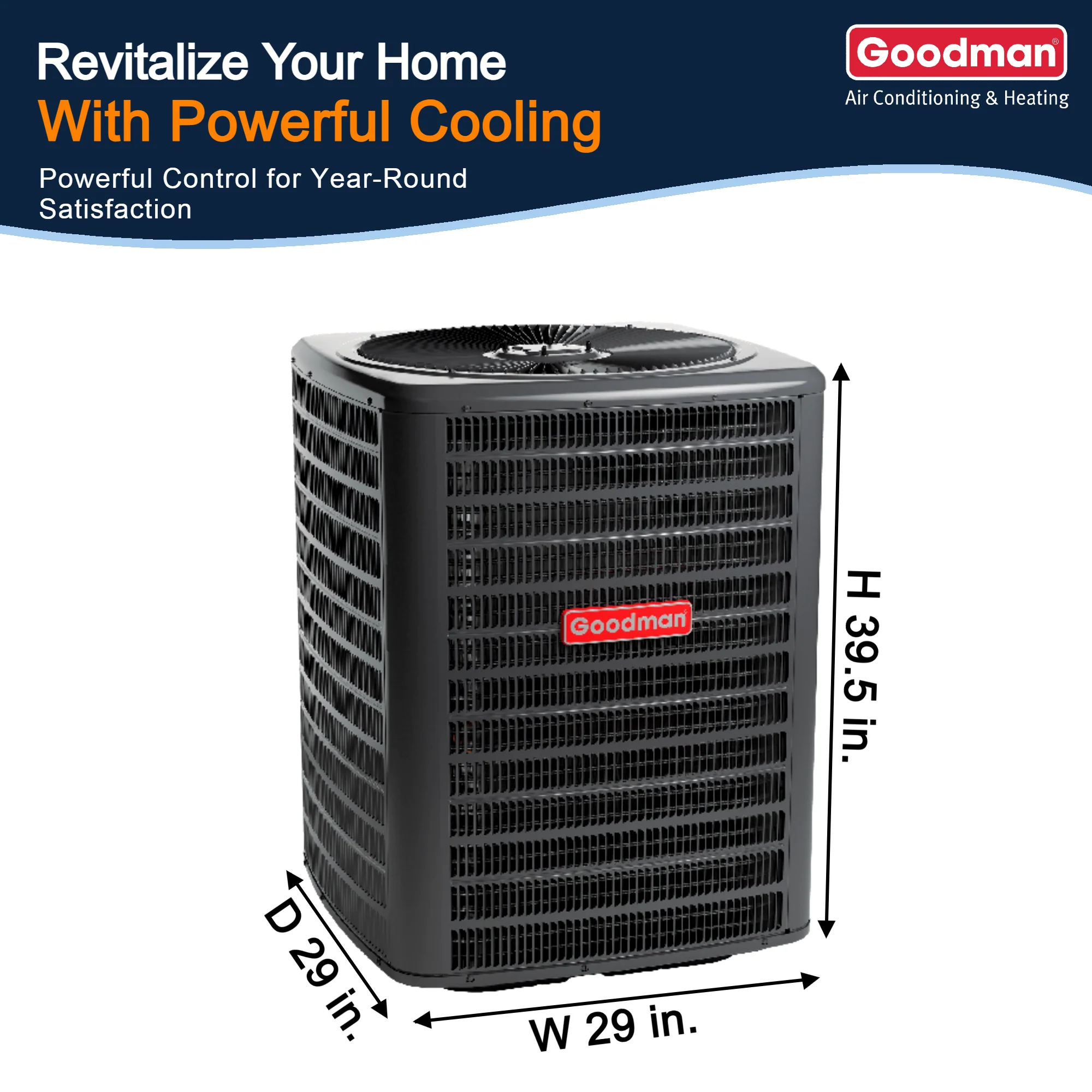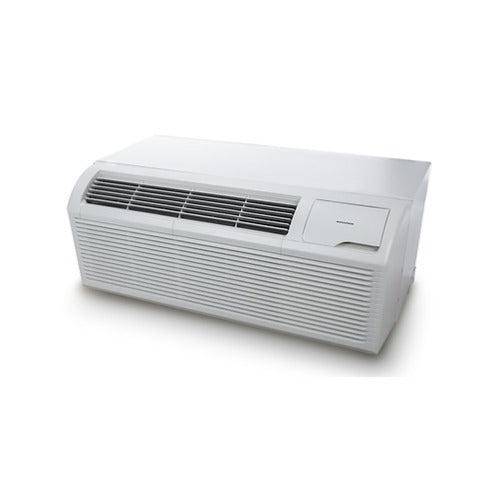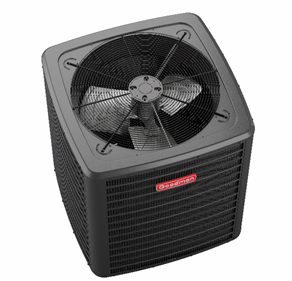When selecting an air conditioning system for commercial applications, understanding the differences between packaged and split systems is crucial. Both configurations offer unique advantages and considerations that can impact energy efficiency, installation complexity, and overall performance. This guide provides an introduction to these systems, incorporating key concepts such as BTU, R-32 refrigerant, SEER2, and references to authoritative sources like ASHRAE and the EPA.
Understanding Packaged and Split Air Conditioning Systems
-
Packaged Systems: In packaged air conditioning units, all components—including the compressor, condenser, and evaporator—are housed within a single enclosure, typically installed on rooftops or adjacent to the building. This design simplifies installation and can save space within the building.
-
Split Systems: Split systems consist of separate indoor and outdoor units. The outdoor unit contains the compressor and condenser, while the indoor unit houses the evaporator. This configuration allows for flexible installation and can be tailored to specific building layouts.
Key Considerations in System Selection
-
Cooling Capacity (BTU): The cooling capacity of an air conditioning system is measured in British Thermal Units (BTUs). One ton of cooling capacity equals 12,000 BTUs per hour. Accurately assessing the BTU requirements of your commercial space ensures the selected system can effectively maintain desired temperatures.
-
Energy Efficiency (SEER2): The Seasonal Energy Efficiency Ratio 2 (SEER2) measures the cooling efficiency of air conditioners over a typical cooling season. Higher SEER2 ratings indicate greater energy efficiency, leading to reduced operational costs. It's generally easier to achieve a higher efficiency with a split system than with a packaged system, as split systems often come with higher efficiency ratings.
-
Refrigerant Type (R-32): Modern systems may utilize R-32 refrigerant, known for its lower Global Warming Potential (GWP) compared to traditional refrigerants. R-32 enhances energy efficiency and aligns with environmental sustainability goals.
-
Installation and Maintenance: Packaged units, being self-contained, often offer easier installation and maintenance, which can result in less expensive installation costs and a smaller footprint on your property. In contrast, split systems require connecting indoor and outdoor components, which can be more complex and invasive.
-
Compliance with Standards: Adhering to industry standards is vital. The American Society of Heating, Refrigerating, and Air-Conditioning Engineers (ASHRAE) provides guidelines to ensure HVAC systems' efficiency and safety. For instance, ASHRAE Standard 90.1 sets minimum energy efficiency requirements for commercial buildings.
Advantages and Disadvantages
-
Packaged Systems:
-
Advantages: Compact design, simplified installation, and reduced indoor space usage.
-
Disadvantages: Exposure to external elements can lead to wear and reduced lifespan.
-
-
Split Systems:
-
Advantages: Higher energy efficiency, quieter indoor operation, and flexible installation options.
-
Disadvantages: More complex installation and potential higher initial costs.
-
Conclusion
Choosing between packaged and split air conditioning systems for commercial use involves evaluating factors such as BTU capacity, energy efficiency (SEER2), refrigerant type (R-32), installation requirements, and compliance with ASHRAE standards. Consulting with HVAC professionals and considering the specific needs of your commercial space will aid in selecting the most suitable system.
Note: For detailed information on ASHRAE standards, visit ASHRAE Standards and Guidelines. For guidelines on energy efficiency and refrigerant usage, refer to the EPA's HVAC Resources.

